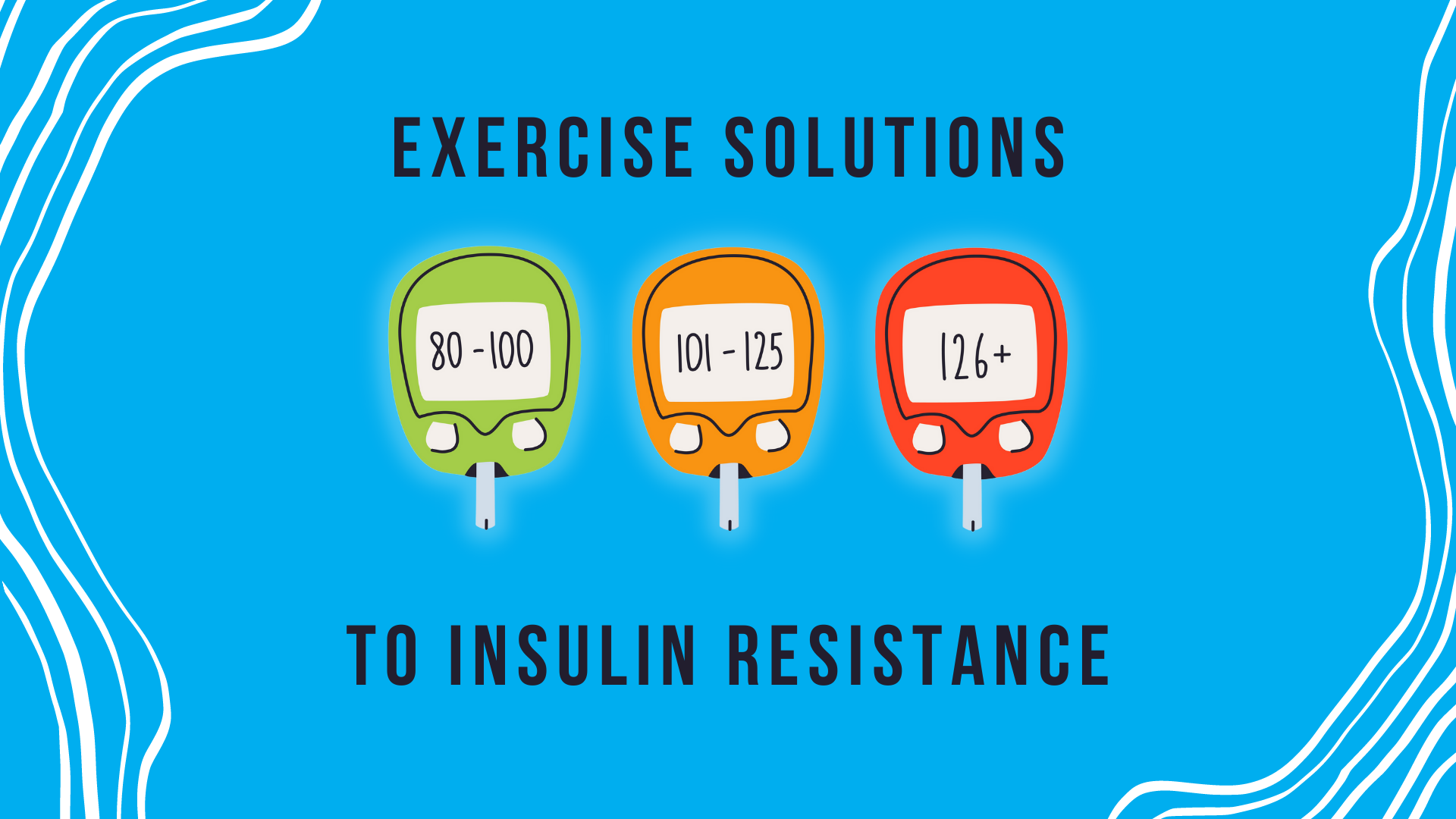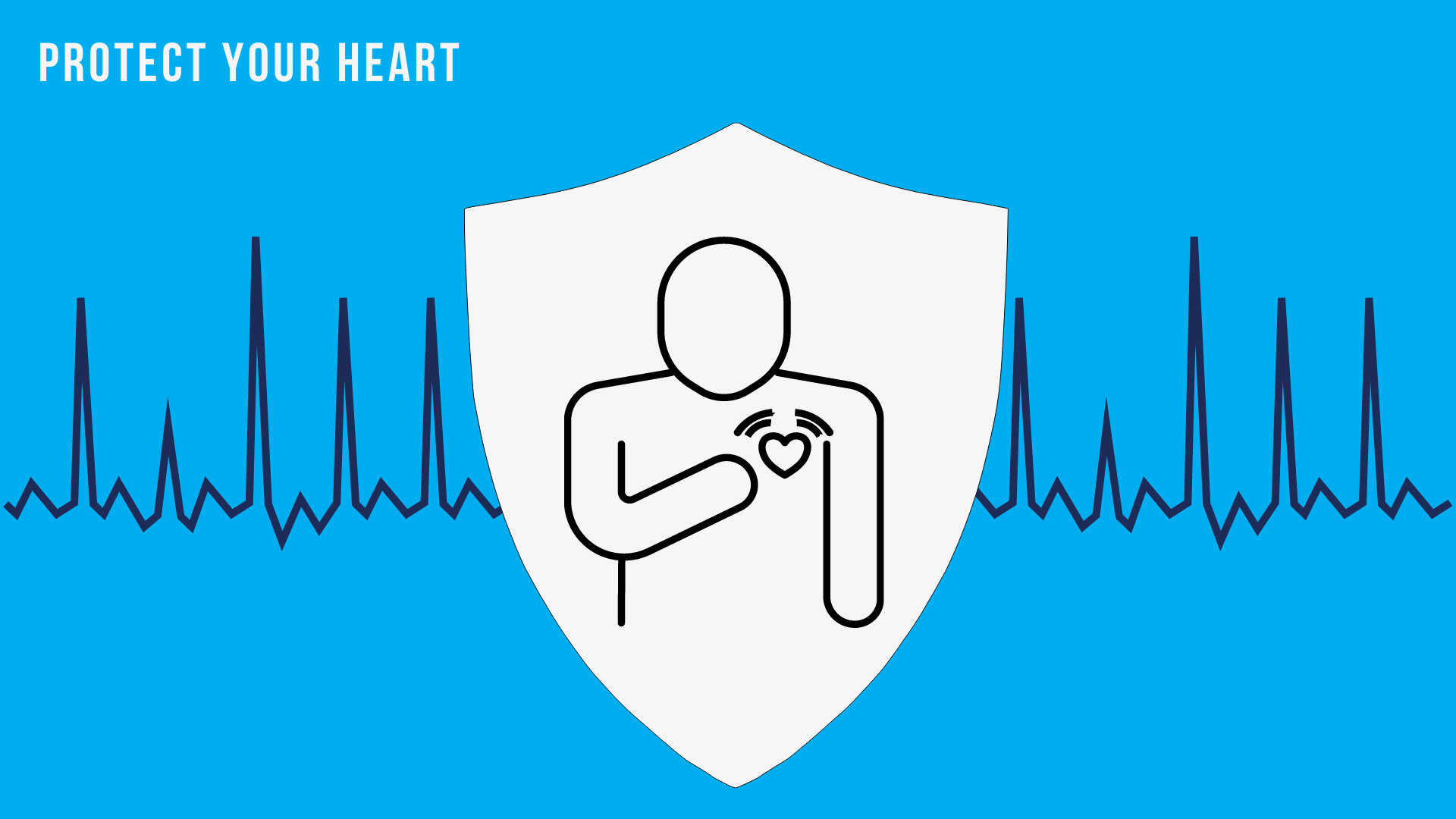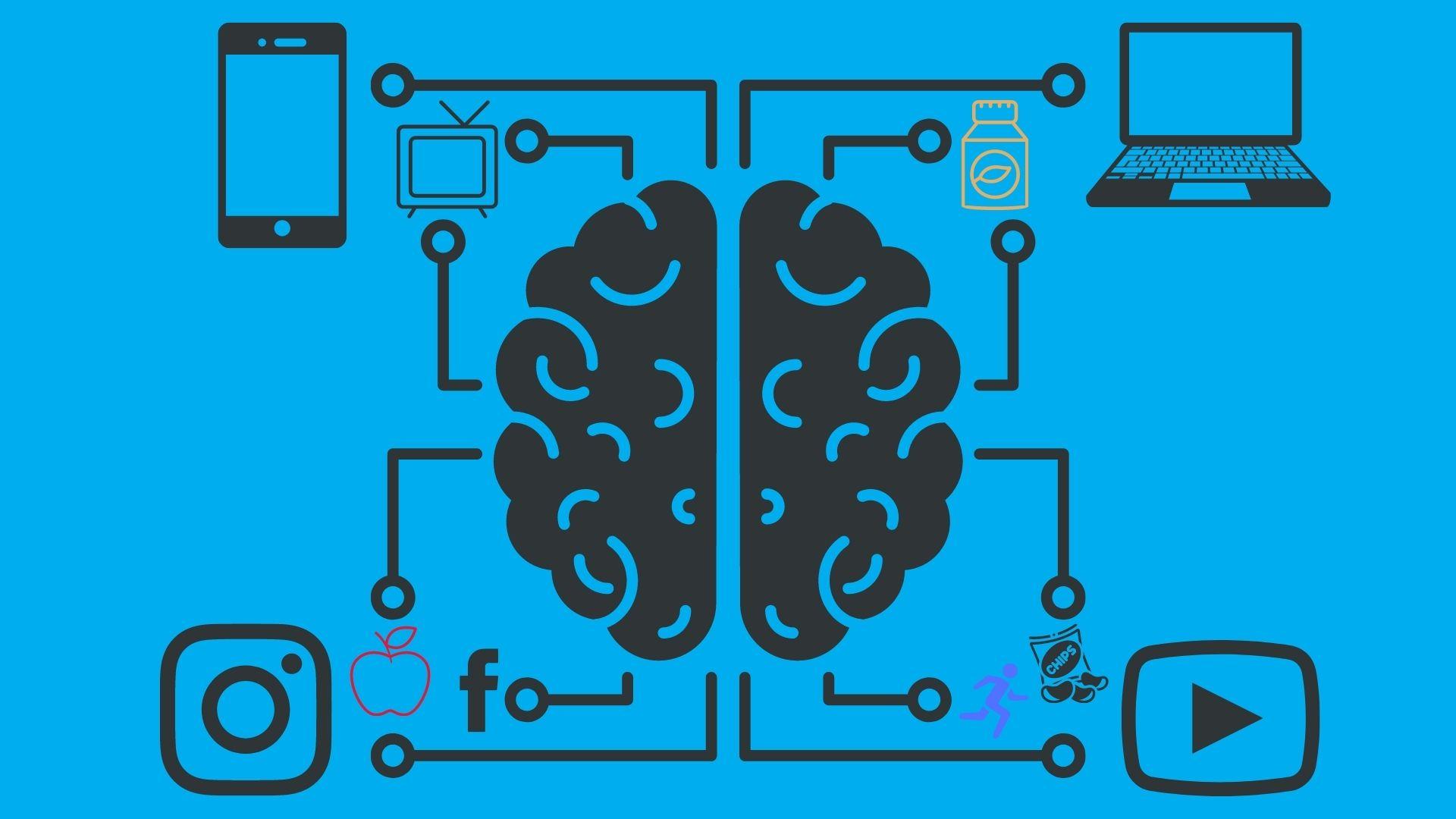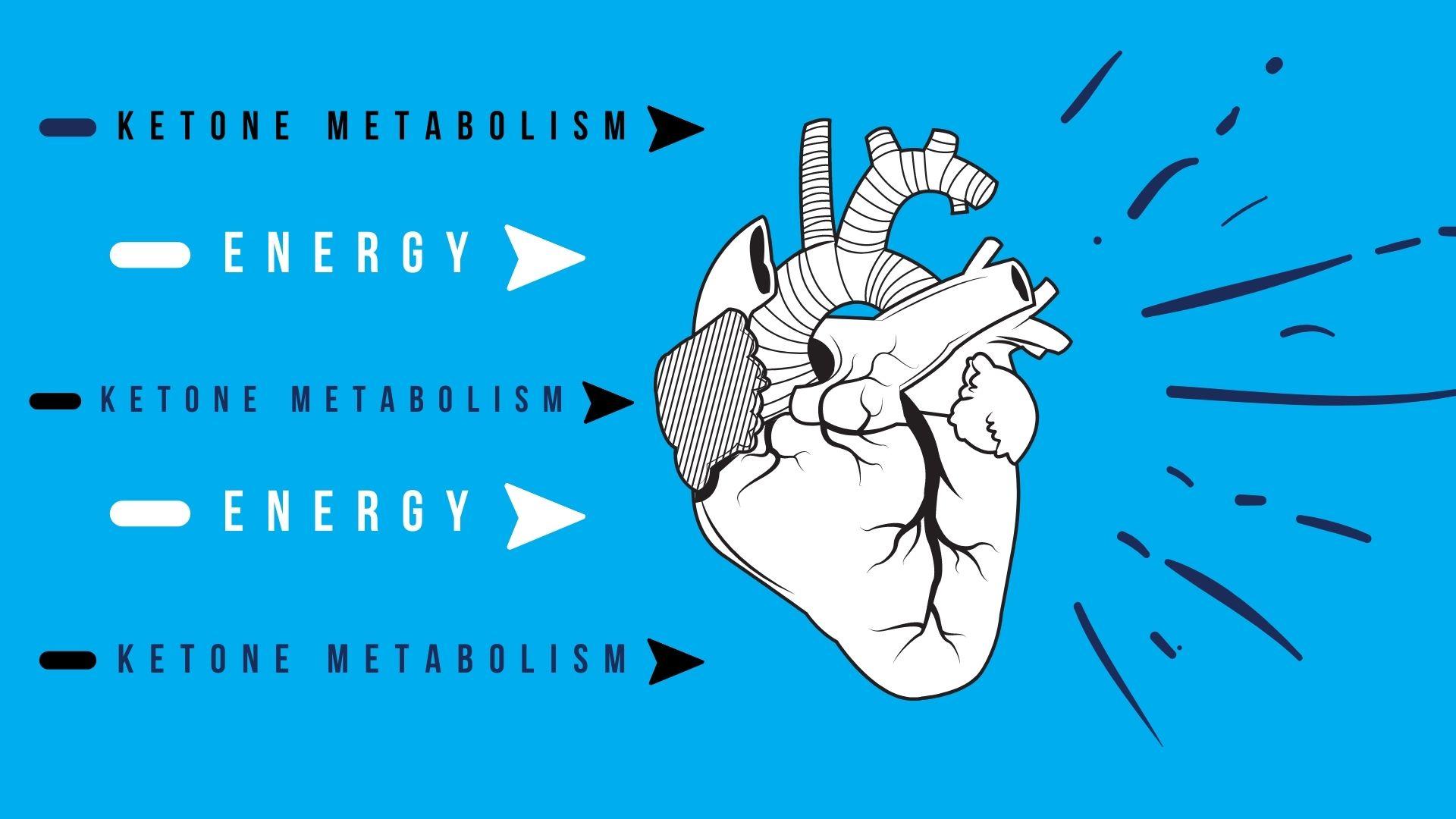Fitness Healthy Lifestyle
Keto Notes
Metabolic Flexibility: The way of the ancients.
When 80% of our calories come from carbohydrates and or protein, and there is an apparently unlimited quantity, we quickly become “addicted” to the presence of glucose in our blood and glycogen stored in our liver and muscles. Since we are so limited in our ability to store this fuel source, aren’t cravings and feelings of low blood sugar just a type of “withdrawal”?
An adult of normal weight can store about 2 hours worth of glucose in the form of glycogen, mostly in our muscles, 1200 calories (75% of our storage capacity) and in our liver, 400 calories (25% of our storage capacity). The glycogen in our muscles can only be used by our muscles, it cannot be released into the blood to be used by our brain. Our brain is limited to the amount stored in our liver (mostly, a little is stored in the brain supporting cells called glia). If the liver is tapped out after 400 calories of use, (The brain needs about 600 calories a day just to be a couch potato), then the brain sends a signal that it’s hungry for more calories, we call that, you guessed it, hunger. Sometimes the low blood sugar causes shakiness, dizziness, feeling jittery and this causes people to crave a sugary snack if they went 2 or 3 hours without eating. Clinically we call this “reactive hypoglycemia”.
Another blood sugar scenario is we eat, and our body struggles to get rid of the excess blood sugar or carbohydrate, resulting in a high amount of insulin being released. Insulin is a sugar storage hormone, it tries to reduce the amount of glucose in our blood, this results in a craving for something sweet 10 minutes after dinner or a feeling of needing a nap or nodding off at your computer after lunch. Clinically we call this “reactive hyperglycemia” or insulin resistance.
When we want to nap after a meal, or we are nodding off after munch at our workstation, or craving sugar after dinner is no different than an athlete “hitting the wall” or bonking as the endurance athletes call it. It is a brain based fuel crisis.
Insulin is a hormone that is released by eating food, particularly carbohydrates and protein, not so much with fat. Remember there are 3 types of fuels or macronutrients. Fat, carbohydrate and protein. Insulin not only will store glucose as glycogen and store excess glucose as fat, as we’ve already stated, insulin will also PREVENT fat from being released and used as a fuel we call ketones. Even if you have a sensible diet and you eat 4-6 meals and snacks per day, even that little bit of insulin will signal fat to stay where it is and not be released.
Both insulin resistance and reactive hypoglycemia are evidence of our addiction to a single fuel source called glucose and its storage form called glycogen. If glucose is a fuel, the question is are there other types of fuel? The answer is yes, your body is able to burn several types of fuel not just one. Unfortunately if you are born and raised in a modern world, you’ve never had to transition efficiently to those other fuels and you’ve never experienced what it feels like to do so.
If we eat more than 400 calories to fill our liver and we have not been exercising, then where do the extra calories go? The answer is the calories go to fat, and this is the epidemic we have of obesity and all of the downstream associated diseases, like heart disease, stroke, diabetes, fatty liver disease, alzheimer’s and the like. Telling you you have become carbohydrate intolerant.
A lean person can store 10-20X more energy in the form of usable ketones locked away in our fat cells than we can store in the form of glycogen. If you are a bit overweight that number can go to 20-50X. Why would that be the case, if we are never meant to use that “superior” fuel. We will explain in the pages that follow why it is a superior fuel.
The story of ketosis is one of an alternative human fuel source that we are supposed to be using, according to our genetic record and evolutionary story. Make the switch back to fat based metabolism (the more natural and historically tested human state.) and become “metabolically flexible”
Ketosis: A history.
In the mid 1990’s the ketogenic diet was seen as having a membrane stabilizing effect in children with intractable seizures (not responding to anti–seizure medication). These children who were having multiple or dozens of seizures per day, would reduce their seizure frequency dramatically, more than any medication could hope to achieve. In some cases over 95% reduction in seizures.
In the mid 2000’s researchers were commissioned by the US military to solve a problem seen in Navy seal divers who would train to use a closed circuit rebreather. This technology is used when a Navy seal has to be in over 50 feet of water with a device that would not allow for a bubble trail to rise to the surface of the water. This way they could carry out their mission, which could be placing explosives or some other form of infiltration that would require them to be invisible.
The increased pressure at over 50 feet of water (think of being in a hyperbaric oxygen chamber at 2.5 atmospheres) along with breathing 100% oxygen, created an “extreme” unnatural environment for the divers resulting in unpredictable seizures.
They tried to apply what was learned about ketosis in the 1990’s with children who had epileptic seizure disorders and apply that knowledge to the seizure triggers with Navy divers. The application worked. In lab animals there was a 200-500% reduction in seizures due to oxygen toxicity when they were burning ketones for fuel and not glucose. Problem solved and it works similarly for humans. Problem is now, how do you convince a Navy seal to consume an essentially all fat diet.
The problem the Navy had with the 100% oxygen rebreather technology was that it could trigger a seizure due to oxygen toxicity, compromising the life of the soldier and the success of the mission. Researchers did not know how the seizures were occurring in this very strange environment of hyperbaric (over 50 feet of water) while breathing 100% oxygen. What they discovered is that in these circumstances there is the creation of ROS (reactive oxygen species) due to oxidation. Oxidation causes a lot of aging type effects on a cell because there is “free radical” formation (loose electrons poking holes in very important cell structures) resulting in cellular damage. Oxidation is why a nutritionist would want you to take antioxidants, or eat antioxidant rich food. Oxidation can be considered aging and how fast we oxidize will determine how fast we degenerate.
In the divers, the choices were to give massive amounts of antioxidants to compensate for the accelerated oxidation under the extreme conditions or to give antiepileptic drugs. Both choices did not work for the needs of the divers to prevent seizures. What did work was starvation ketosis (ketosis caused by fasting) and a ketogenic diet (fooling the body to think it was fasting by only providing calories from fat and thus producing the same energy supply seen in fasting (fat). When we are in the fed state we get 100% of our energy needs filled by glucose (blood sugar). In the fasted state we get ⅔ of our energy needs supplied by ketones derived from either stored fat or ingested fat. Therefore the solutions thus far are fasting to the point of achieving nutritional ketosis (easily measured with a home blood testing monitor) and eating an only fat diet,until fat is all you use for fuel.
The problem with the ketogenic diet is that is was thought that your diet had to be 90% fat so that you could get all of your energy needs, specifically in the brain, supplied by a different fuel source than glucose. In this case the fuel source would come from fat which are made soluble when the liver converts the fat into ketones (a water soluble fat). This is a very difficult diet for anyone, especially children. This was only used when medication did not work. We now know that a diet closer to 75% fat, 20% protein and 5% carbohydrate would work just fine in helping someone get into ketosis. However even that diet is nearly impossible for the average Navy seal let alone a child or adult with an illness. Not impossible, but not enjoyable. Military researchers wanted a solution in a pill form.
The “pill form” is called, exogenous ketones (ketones ingested and not produced by the liver by fasting or eating only fat, known as endogenous ketone production). The challenge was that it taste horrible, exogenous ketones were nearly impossible to choke down unless you had special navy seal type training. In addition they have historically been too expensive to produce. So who would consume a, vomit inducing terrible tasting product that cost a fortune to buy. The answer, Navy seals, very sick people who had no choice and lab animals.
In recent years the soluble fat molecules or ketones, as we call them, have been formulated to be much more palatable and shown to be effective in the world of fitness, weight loss and training for extreme athletic events. However the research on ketosis has expanded to a wide array of health conditions. The avalanche of research is mind boggling and seems to produce the effect pharmaceutical companies could only dream of when trying to produce the next billion dollar blockbuster drug. Now before you say “panacea”, let’s first define some terms and explain some concepts. What we are really discussing is releasing the body’s innate natural function.
Its with a clear understanding of what is natural and innately appropriate for human function based on our genetics and evolution as a species, that we can begin to understand how a “metabolic therapy” can be used to help cancer, diabetes, heart disease, alzheimer’s, parkinson’s, stroke, brain injury and so much more. Understanding our species more accurately and how we evolved is important because it makes certain questions about our physiology more obvious that they need to be answered.
An example of such a question is:
Why are we able to store such an efficient fuel source that has so many clear and now obvious, physiological benefits (as you will read in the coming pages) in unlimited amounts as stored fat, yet we are only able to store 400 calories of glucose (modern man’s only fuel source) the amount you’d burn in a 1 hour workout, in your liver and 1200 calories in your muscles that can only be used by your muscles and not your brain (the most energy hungry organ in the body). Yet we can carry a seemingly unlimited source of energy called ketones in the form of fat. A typical 5’10” young man with 15% body fat (very lean for most Americans) can hold 100,000 calories of energy. Enough energy for your body and mind to last many many weeks without food, essentially unlimited storage capacity.
If glucose was so important to us, why can we store so little of it.
What is nutritional ketosis?
Nutritional Ketosis is defined as a blood ketone levels measured with a simple at home ketone meter, that measures between 0.5 and 6.0 mMol. There are 3 measureable forms of ketones, acetoacetate measured in urine, acetone measured in breath and beta hydroxybutyrate measured in blood. The latter being most accepted as an accurate measurement of where you are.
Elevated blood ketone levels means that your body and brain have a fuel source available that is different from glucose. This fuel has to be mobilized from its stored form, fat, and converted to “water soluble fat” called ketones so they can be transported throughout the body and brain.
Achieving nutritional ketosis:
Most modern, 1st world humans have had no need to use anything but glucose for fuel. We wake up every day to a refrigerator filled with sources of glucose called carbohydrates and sources of non-carbohydrate food that is readily converted in our body to glucose, called protein (meats, eggs, legumes, etc.). The only source of ketones in our refrigerator are fats. Unfortunately the fats in our refrigerator may be adulterated by food processing and unnatural farming techniques, making them unhealthy. In addition to the presence of unhealthy fats, there are not enough fats in total because we’ve been told for 50 years by policy makers, gov’t agencies, medical associations and the like, to reduce our fat intake. People mistakenly and tragically believe eating fat makes you fat and that saturated fat should be avoided at all costs so that you may avoid a heart attack.
All of these cultural changes to our environment have made nutritional ketosis incompatible with a standard American lifestyle, whether you are an athlete who “watches what they eat” and trains for marathons and other athletic events or a couch potato who is not paying any attention to what they eat. What does it even feel like to get into ketosis?
3 methods to achieving nutritional ketosis:
- Intermittent fasting.
- Ketogenic diet.
- Exogenous ketone supplementation.
I believe a combination of all three is best strategy.








